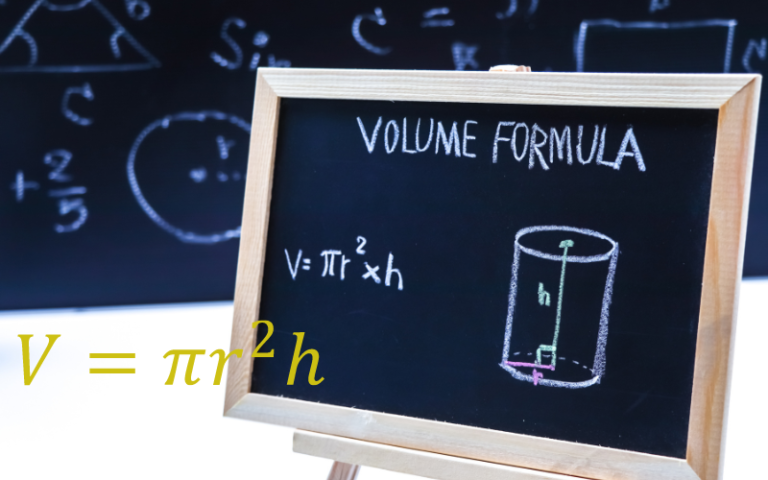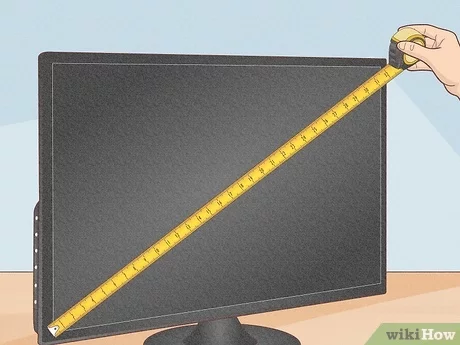How to Measure Chain Size: A Simple Guide to Accurate Measurement
To measure a chain size, simply use a ruler and measure the distance between the inner side plates. This measurement will determine the chain size.
When it comes to maintaining and repairing machinery or equipment, understanding the size and type of chain is crucial. Chains are commonly used in various industries for power transmission and conveying applications. Knowing how to measure the chain size accurately is essential for ensuring proper replacement, repair, or maintenance.
By following a few simple steps, you can easily determine the correct chain size for your specific needs. This article will guide you through the process of measuring chain size and provide helpful tips for ensuring accuracy. Understanding the chain size will help you select the appropriate replacement or maintenance parts, ensuring smooth and efficient operation of your equipment.
Understanding Chain Size

To measure chain size, you can use a ruler to determine the pitch, roller diameter, and overall length. Pitch refers to the distance between the centers of adjacent links, while roller diameter relates to the size of the rollers within the chain.
Lastly, the overall length shows the complete length of the chain.
Link Size
Link size refers to the dimensions of individual links within a chain. It is essential to measure the link size accurately to ensure the correct replacement when needed. You can measure the link size by determining the diameter of the wire used in the construction of the chain link. This measurement is crucial in ensuring the proper functioning of the chain.
Pitch Measurement
Pitch measurement is vital in identifying the correct chain size. It refers to the distance between adjacent chain rivets. To accurately measure the chain pitch, align the end of a ruler at the center of a rivet and measure the distance to the center of the adjacent rivet. This measurement will determine the chain size and ensure compatibility with sprockets and other components.
Tools For Measurement
For accurate measurement, use a chain gauge to determine the chain size. Simply place the gauge over the chain and confirm the size indicated on the gauge tool. This method ensures precision and reliability when determining the chain size for various applications.
Caliper
Calipers are handy tools used to measure the chain size accurately. With a caliper, you can easily determine the chain’s pitch and roller diameter. Ensure the caliper is set to the proper measurements before taking readings.
Chain Gauge
Featuring notches for different chain sizes, a chain gauge simplifies the sizing process. Simply place the chain in the appropriate notch to quickly identify its size. Always verify the chain gauge’s accuracy to ensure precise measurements.
Step-by-step Measurement Process
Measuring the size of a chain is an essential step when it comes to purchasing or replacing a chain for your bicycle, motorcycle, or any other application. Without accurate measurements, you may end up with a chain that doesn’t fit or perform properly. To help you through the process, here is a step-by-step measurement process to ensure you get the right chain size.
Measuring Link Size
- Start by identifying the link size of the chain. Link size refers to the diameter of the pins or the width of the link plates. To measure the link size, you will need a caliper.
- Place the caliper on the link and measure the distance between the inner sides of the link plates. Make sure to measure the link in multiple areas to ensure accuracy.
- Once you have the measurements, take the average to determine the link size. Round the measurement to the nearest hundredth of an inch or millimeter for precise results.
Measuring Pitch
Pitch is another crucial factor to consider when measuring chain size. It refers to the distance between the centers of two consecutive link pins. Follow these steps to measure pitch:
- Choose any link and mark it as a reference point.
- Measure the distance from the center of the reference pin to the center of the corresponding pin next to it. This measurement represents the pitch length.
Verifying The Results
After completing the measurements, it’s essential to verify the results to ensure accuracy. Here are a few tips to help you confirm the measurements:
- Compare your link size measurement with the manufacturer’s specifications for the chain you’re purchasing or replacing.
- Check the pitch measurement against the manufacturer’s recommendations or consult a chain size chart to ensure compatibility.
- If possible, consult with a professional or a knowledgeable individual to validate your measurements.
By following these step-by-step procedures for measuring the link size, measuring the pitch, and verifying the results, you can confidently select the appropriate chain size. Remember that accuracy is key to ensuring optimal performance and longevity of your chain.
Common Mistakes To Avoid
When it comes to measuring chain size, there are common mistakes to avoid. Discover how to avoid these errors and accurately determine chain size with these easy-to-follow steps.
Using Incorrect Tools
In order to accurately measure a chain size, it is crucial to use the correct tools. Many people make the mistake of using tools that are not suitable for this task, leading to inaccurate measurements. Using the wrong tools can result in a chain that is too loose or too tight, ultimately affecting its performance and longevity.
One common mistake is using a regular ruler or measuring tape to measure the chain. These tools are not precise enough and may not give you an accurate measurement. To measure chain size correctly, you need a caliper or a chain wear indicator tool. A caliper allows you to measure the width of the chain, while a chain wear indicator tool helps you determine if the chain has stretched beyond the recommended limits.
Misinterpreting Measurements
Another mistake to avoid when measuring chain size is misinterpreting the measurements. It is important to understand the different measurements involved and how to properly interpret them. Misinterpreting measurements can lead to purchasing the wrong chain or adjusting it incorrectly, which can affect its performance and potentially cause damage.
One key measurement to consider is the pitch, which refers to the distance between the centers of two adjacent chain pins. It is essential to measure this accurately, as different chain sizes have different pitches. Additionally, understanding the roller diameter and the inner width of the chain is crucial for selecting the correct chain size.
When measuring, ensure you are using the appropriate units, whether it be millimeters or inches, to avoid any confusion or errors. Double-check your measurements and refer to a reliable chain size chart or manufacturer’s specifications to ensure you are selecting the right chain size for your specific needs.
Applications Of Accurate Chain Size Measurement
Proper chain size measurement is crucial for various applications. It ensures proper chain replacement and maintains equipment performance.
Proper Chain Replacement
Accurate chain size measurement helps in selecting the right chain for long-lasting performance and reliable operation.
Maintaining Equipment Performance
By ensuring the correct chain size, equipment downtime is minimized and productivity is maximized.
Frequently Asked Questions Of How To Measure Chain Size
What Is The Standard Chain Size Measurement?
Chain size is typically determined by measuring pitch, roller diameter, and plate height.
How To Measure Chain Pitch Accurately?
Measure the distance between 3 consecutive rivets in inches and divide by 2.
Why Is It Important To Know Chain Size?
Understanding chain size ensures proper fitment and optimal performance in applications.
Can Chain Size Affect Equipment Efficiency?
Yes, using the correct chain size minimizes wear and maximizes equipment lifespan.
What Tools Are Needed To Measure Chain Size?
A caliper or ruler is recommended for accurate measurement of chain components.
Conclusion
Ensure accurate measurement techniques to determine the chain size effectively. Professional guidance can simplify the process for optimum results. Implement these tips for precise chain sizing in your projects. Mastering this skill will enhance your efficiency in various applications, providing seamless operations.
Elevate your knowledge for successful chain size measurements.







